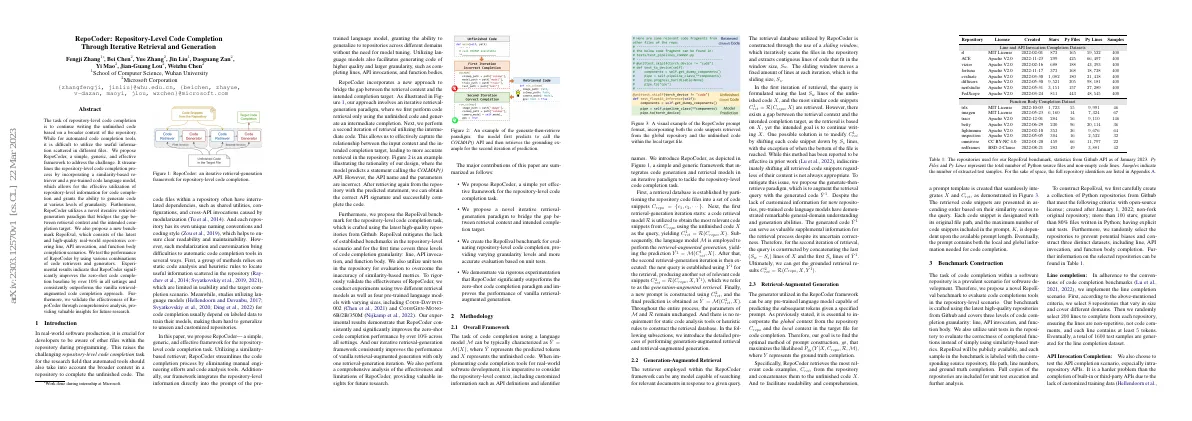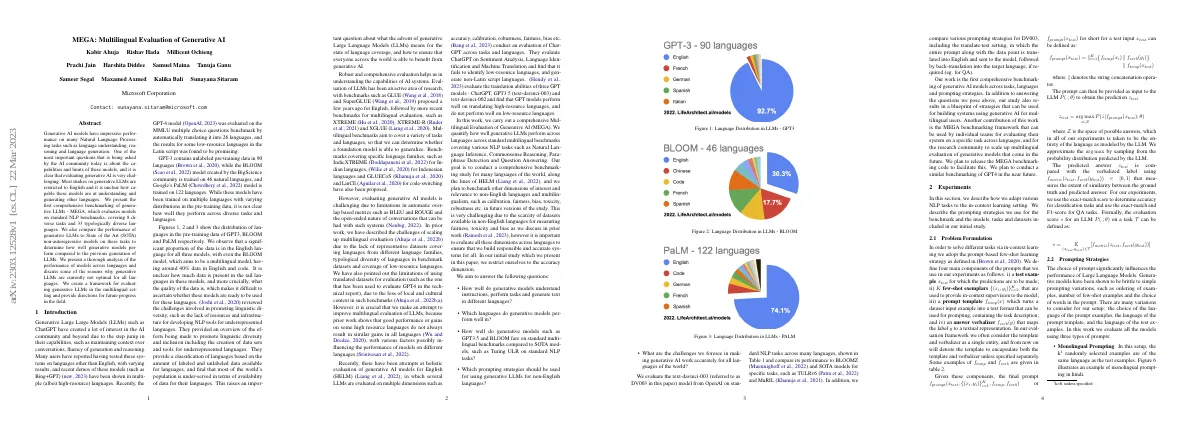Link to paper The full paper is available here.
You can also find the paper on PapersWithCode here.
Abstract Introducing 3DBiCar, a large-scale dataset of 3D biped cartoon characters Introducing RaBit, a parametric model built upon 3DBiCar Applications of 3DBiCar and RaBit include single-view reconstruction, sketch-based modeling, and 3D cartoon animation Part-sensitive texture reasoner used to make local areas more detailed Paper Content Introduction Rapid development of digitization leads to demand for high-quality 3D articulated characters Creating 3D characters is labor-intensive and time-consuming 3D sensing devices make capturing 3D data from the real world convenient Parametric models and deep learning techniques can infer accurate 3D digital humans from single-view images or sparse sketches Introduction of 3DBiCar, a large-scale 3D biped cartoon character dataset with 1,500 high-quality 3D models RaBit, a generative model for 3D biped cartoon character generation BiCar-Net, a baseline method for single-view reconstruction Applications of sketch-based modeling and 3D character animation Related work 3D character datasets can be categorized as real-captured and computer-designed Real-captured datasets focus on human faces and bodies FaceWarehouse and FaceScape collect 3D faces with high diversity CAE-SAR dataset is widely used for body shape modeling Computer-designed datasets lack diversity and are unsatisfactory 3DCaricShop and SimpModeling help with unreal character heads 3DBiCar is a large 3D biped cartoon character dataset Parametric shape modeling uses PCA and 3DMM Parametric texture modeling uses deep neural networks GANFIT, StylePeople, and GET3D use neural texture synthesis Dataset Digitizing realistic and articulated human characters has made progress, but creating visually plausible biped cartoon characters is still difficult....









